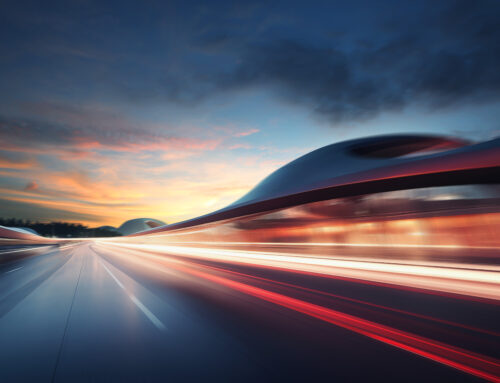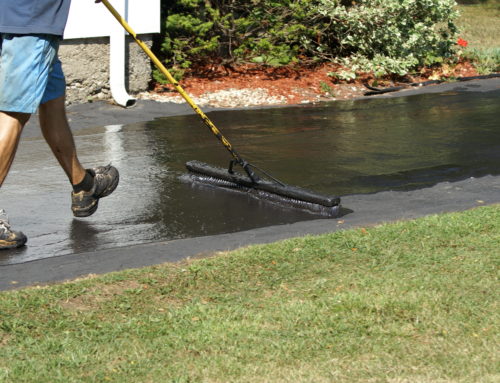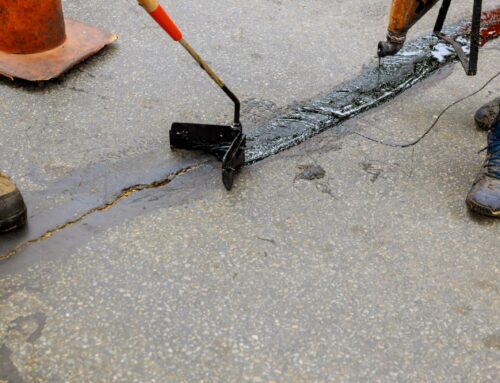Welcome back to the Sunrise Asphalt blog, where we deliver all the news that craves to be paved… We will work on that whole thing later. Anyways, here on the blog, we cover stuff that is related to our industry of pavement and other related subjects. This time we are talking about the most strange of road traffic flow intersections-traffic circles, roads circles, rotaries… or roundabouts! Ever get one added to your neighborhood and immediately the confusion seemed too much for your neighbors to handle? Well here’s all you need to know about roundabouts.
Roundabouts are circular intersections to allow almost continuous traffic flow. The design of modern roundabouts is to create a variety of positive effects. They are made in such a way to reduce the frequency and severity of collisions, reducing the speed of traffic and also the angles they may occur at by limiting head-on and T-bone accidents. They also allow U-Turns in standard traffic flow, which is often not possible at other junctions. They are also safer for pedestrians as well as the traffic they need to look for will only be coming in one directions as opposed to up to four in a standard intersection. All of that and they potentially lead to less pollution for a few reasons, less time spend idling and vehicles not having to come to a complete stops allows for fewer emissions. All these benefits !
While they have existed around the world for over hundred years, the widespread use of them didn’t occur until the United Kingdom’s Transport Research Lab engineers reworked the intersections in the 60’s.
Fun Facts:
Over half of the world’s roundabouts are found in France with more than 30,000 as of 2010.
While France may have half of them, the U.K. has more proportionally.
The first modern roundabout was designed in 1907 by architect John McLaren
Polls shows that public opinion before construction on roundabouts is at 68% opposing but swings after to 73% in favor.
Roundabouts may seem confusing when they first pop up, but as more and more cities adopt them into their traffic flows and drivers get more experience, you’ll find that their benefits far outweigh that initial discomfort.



